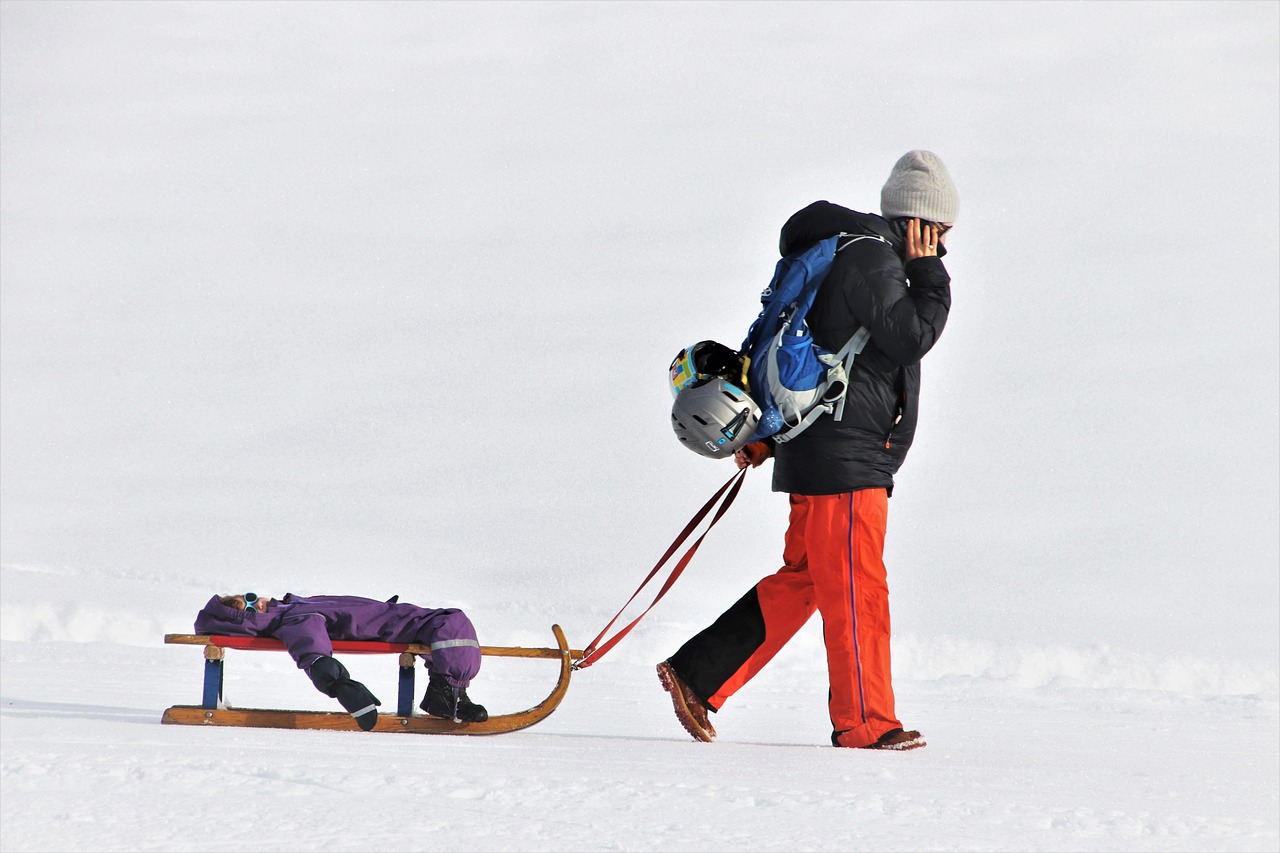Nephrology Advocacy: Speaking Up for Kidney Patients’ Rights: Allexchbet. Com, 99 exchange, Allpanel
allexchbet. com, 99 exchange, allpanel: As we age, our bodies undergo various changes that can affect our overall health and well-being. One area that can be particularly impacted by the aging process is our musculoskeletal system, leading to conditions such as osteoarthritis, rheumatoid arthritis, and other rheumatic diseases. Rheumatology is the branch of medicine that focuses on these conditions, working to diagnose, treat, and manage them effectively.
Understanding the challenges that come with aging and rheumatology is crucial for both patients and healthcare providers. As we age, our joints and muscles can become stiffer and less flexible, making it harder to move around and perform daily activities. This can lead to pain, stiffness, and reduced mobility, impacting our quality of life.
Here are some key challenges that come with aging in relation to rheumatology:
1. Osteoarthritis: Osteoarthritis is a common form of arthritis that affects millions of people, especially as they age. It is caused by the breakdown of cartilage in the joints, leading to pain, stiffness, and swelling. Managing osteoarthritis involves a combination of medications, physical therapy, and lifestyle modifications.
2. Rheumatoid arthritis: Rheumatoid arthritis is an autoimmune disease that can affect people of all ages, but it is more common in older adults. It causes inflammation in the joints, leading to pain, swelling, and stiffness. Treatment for rheumatoid arthritis may include medications, physical therapy, and sometimes surgery.
3. Gout: Gout is another type of arthritis that is more common in older adults. It is caused by the buildup of uric acid in the joints, leading to sudden and severe pain, swelling, and redness. Managing gout involves medications, dietary changes, and lifestyle modifications.
4. Sarcopenia: Sarcopenia is the age-related loss of muscle mass and strength, which can impact mobility and balance. Maintaining muscle mass through regular exercise and proper nutrition is essential for preventing sarcopenia and preserving mobility.
5. Osteoporosis: Osteoporosis is a condition characterized by weak and brittle bones, which can increase the risk of fractures and falls. Preventing osteoporosis involves a combination of medications, calcium and vitamin D supplements, weight-bearing exercise, and fall prevention strategies.
6. Polypharmacy: Polypharmacy is the use of multiple medications, which is common in older adults with multiple chronic conditions. Managing polypharmacy involves careful monitoring of medications to prevent drug interactions and adverse effects.
7. Cognitive impairment: Cognitive impairment can impact older adults’ ability to comply with their treatment plans for rheumatic diseases. Healthcare providers should assess cognitive function and provide support for patients with cognitive impairment.
Despite these challenges, there are strategies that can help older adults manage rheumatic conditions effectively. Regular exercise, maintaining a healthy weight, following a balanced diet, and staying hydrated are important for overall health and can help reduce the impact of rheumatic diseases.
In conclusion, aging presents unique challenges in the field of rheumatology, but with proper management and support, older adults can lead fulfilling and active lives. By understanding these challenges and working closely with healthcare providers, older adults can effectively manage their rheumatic conditions and maintain their quality of life.
I hope this article has been informative and helpful in shedding light on the challenges of aging in relation to rheumatology. If you have any further questions or concerns, please refer to the FAQ section below.
FAQs:
1. What are the best exercises for older adults with rheumatic conditions?
– Low-impact exercises such as walking, swimming, and yoga are ideal for older adults with rheumatic conditions, as they help improve flexibility, strength, and overall mobility.
2. How can diet affect rheumatic conditions in older adults?
– A healthy diet rich in fruits, vegetables, whole grains, and lean proteins can help reduce inflammation and manage symptoms of rheumatic conditions in older adults.
3. What are some tips for preventing falls in older adults with rheumatic conditions?
– Ensuring a clutter-free living space, installing grab bars in bathrooms, wearing supportive footwear, and participating in balance exercises can help prevent falls in older adults with rheumatic conditions.







